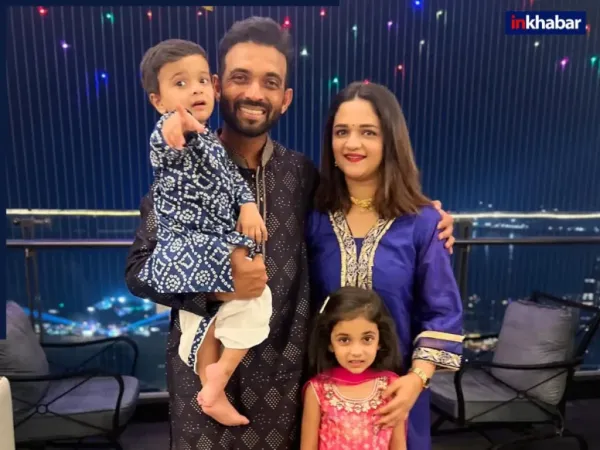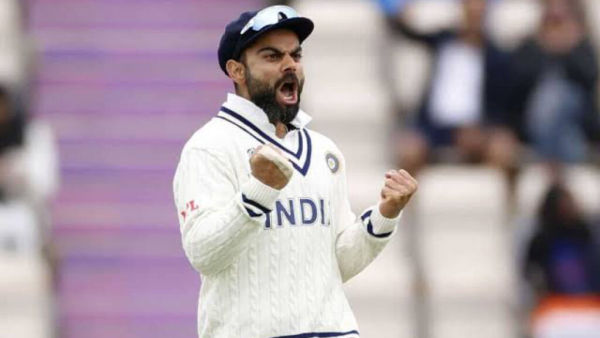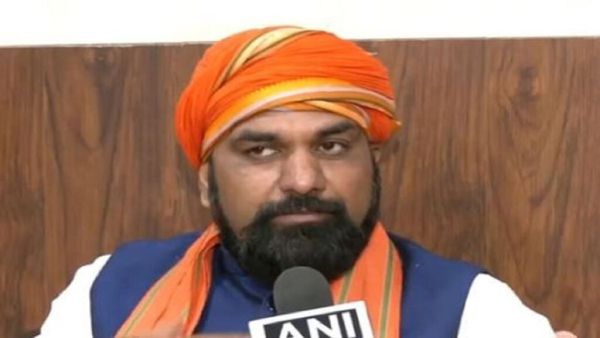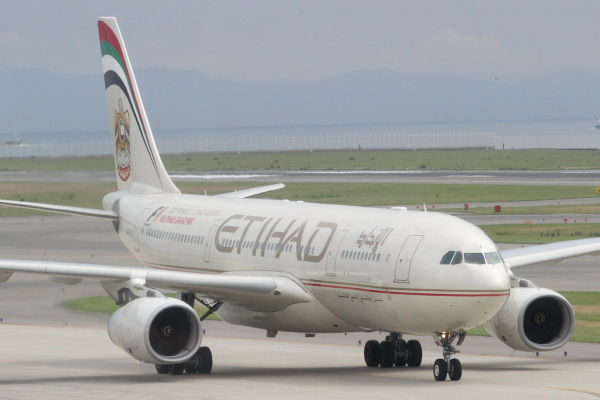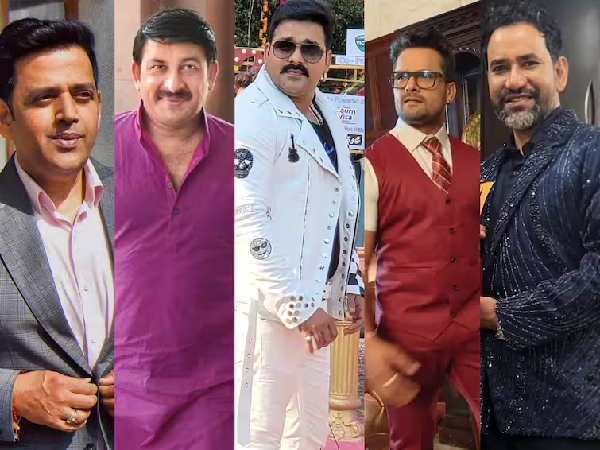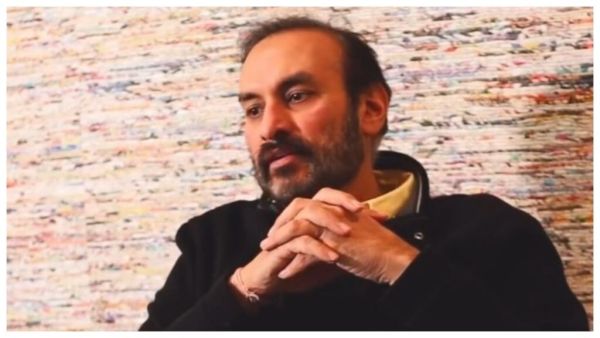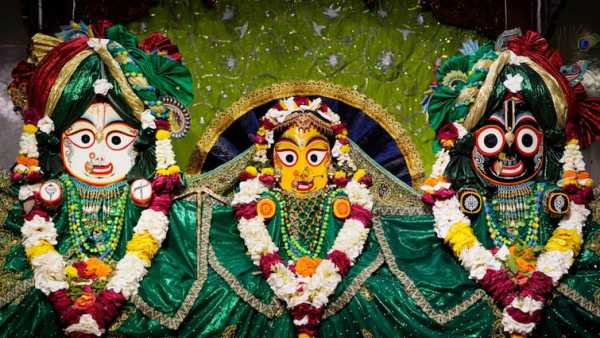
The grand chariot festival of India, Jagannath Rath Yatra, began today with much fanfare in Odisha. It is one of the most ancient traditions followed in Hinduism and symbolically celebrates the journey of Lord Jagannath, his elder brother Lord Balabhadra, and his sister Subhadra from their temple to the Gundicha Temple, which is around 3 km away. Renowned across the country and the world, thousands of devotees arrive to tug the richly adorned chariots, considering it to be the act of spiritual bliss. The streets of Puri resound with the chanting, conches, and the energy of faith, unity, and celebration.
Although the world-famous Puri Rath Yatra is celebrated here, there are other Rath Yatra festivals celebrated in different regions of India, each with its unique customs and meaning:
Baripada Rath Yatra, Mayurbhanj (Odisha):
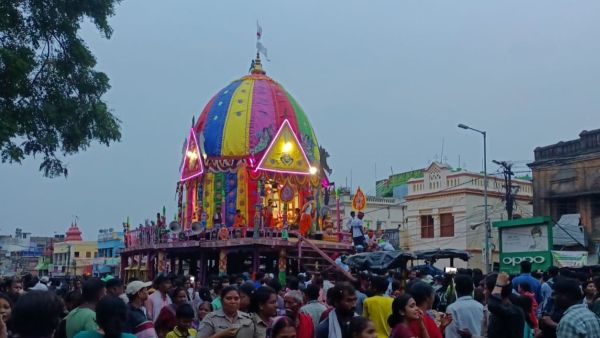
Generally called 'Dwitiya Srikshetra', Baripada celebrated the second most significant Rath Yatra after Puri. Dating back to 1575, this festival took on a historical importance when, in 1975, women were permitted to pull the chariot of Devi Subhadra for the first time. Two temples here hold the celebrations—whereas the bigger one sets up three individual chariots, the Banthia Jagannath Temple sets up a special chariot which is only pulled by children. The whole town of Baripada comes alive with festivities as crowds flock to the Bada-danda road to see this heavenly procession.
ISKCON Rath Yatra, Kolkata and West Bengal:
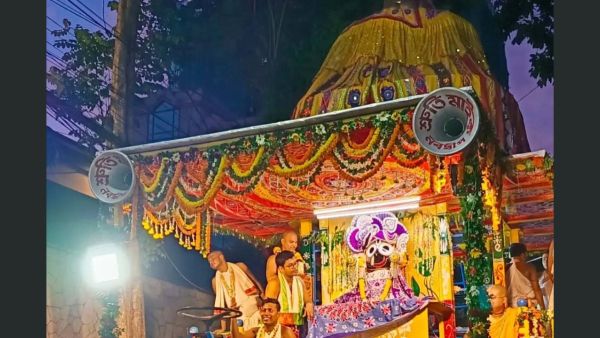
The Rath Yatra in Kolkata, organised by ISKCON, is the second-largest in the world after Puri. Started by Srila Prabhupada when he was merely six years old, the yatra officially revived in 1972. This majestic procession starts from the Radha Govinda Temple. Large chariots bearing the idols of Lord Jagannath, Baladev, and Subhadra move along prominent roads like Park Street and Mahatma Gandhi Road before returning to the temple, drawing lakhs of devotees and spectators.
Mahesh Rath Yatra, Hooghly (West Bengal):
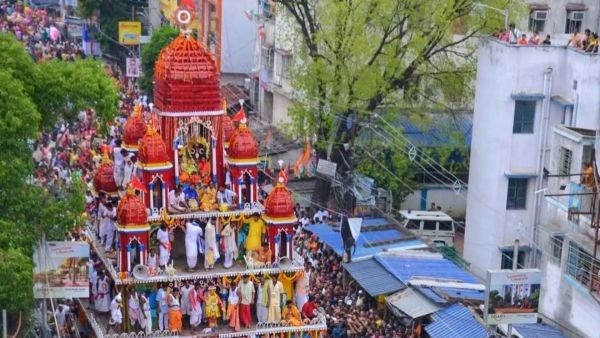
The Rath Yatra of Mahesh is the second oldest chariot festival in India and the oldest in Bengal, which has been celebrated every year since 1397. The chariot is carried to the garden house of Lord and returned after eight days in a grand fair. Described in Bankim Chandra Chatterjee's 'Radharani' and frequented by Saint Chaitanya Mahaprabhu, Mahesh's Rath Yatra has strong spiritual and cultural origins.
Rath Yatra Of Keonjhar, Odisha:
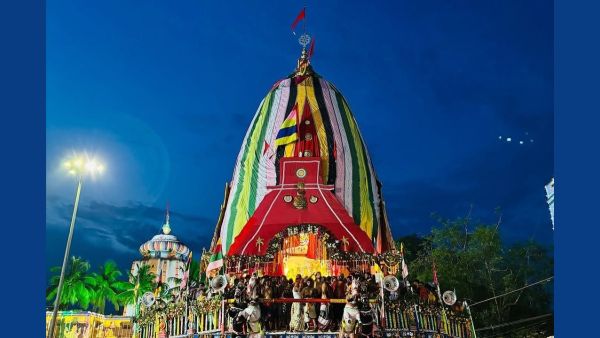
This Keonjhar Rath Yatra is famous for its 72-foot-high Lord Jagannath chariot, much taller than that of Puri. According to the legends, King Laxminarayan Bhanj found the idol of Sri Baldev Jew by the Baitarani River. A temple was then created, thus making the area a religious landmark. In the past, a tribal ceremony known as Jhinka Bibah, or symbolic marriage, was also performed here during the festival, which no longer survives today.


